Nine years ago, Barack Obama, with his vice president Joe Biden at his side, announced the Iran nuclear deal. Ayatollah Khamenei’s regime would not enrich weapons-grade uranium for fifteen years. The US would lift economic sanctions in return. It was “historic,” said Obama. The Iranians had been close to developing their first nuke: this agreement stopped them. “This deal demonstrates that American diplomacy can bring about real and meaningful change — change that makes our country, and the world, safer and more secure,” added the president from the White House lectern.
If recent months are anything to go by, these diplomatic efforts to fix the Middle East have been a disaster. The region isn’t safer, nor more secure. Obama’s nuclear deal was too narrow. It gave Iran room to develop its proxy military and terror groups across the region. The main dividing line in the Middle East today is whether you’re on Iran’s side or not.
Ironically, Biden’s strategy of doing his utmost to avoid conflict may result in the US striking Iran directly
Under Donald Trump, America briefly took a hardline approach towards Iran. Trump’s administration hammered the Iranian economy with sanctions that cut its oil exports by four-fifths, and devalued its currency by two-thirds. Four years ago, a US drone strike killed Qasem Soleimani — the second-most powerful figure in Iran, commander of the Quds Force branch of the Islamic Revolutionary Guard Corps and a man central to the regime’s proxy network. Despite much bellicose talk, Iran’s response to his killing was minimal. Trump said his “maximum pressure” campaign would force Khamenei and the mullahs into submission, stop Iran making a nuclear bomb, and end the regime-sponsored terrorism. It appeared to work.
But Biden’s White House returned to the Obama strategy. Prior to October 7, his administration was doing its best to revive the old nuclear deal. US officials met with Iranian counterparts in Oman and in New York earlier in the year, ignoring the fact that Tehran’s proxies were carrying out rocket and drone attacks on US positions in northeast Syria. Since October 7, these attacks have intensified: there have been more than 160 drone and missile attacks on US positions in Iraq and Syria. America’s response to this wave of attacks — as well as Iran’s brazen bombing of Pakistan, Syria and Iraq — has been mostly muted. A drone strike killed Jawad al-Jawari, a senior official of the Nujaba movement, a key IRGC-linked militia in Iraq, at the start of this year. But it hasn’t stopped Iran.
Until last weekend the US had not suffered any fatalities, so the attacks on American bases went largely under-reported. On Sunday three Americans were killed at the Tower 22 US base in Jordan near the Syria border; more than thirty were injured, and some suffered traumatic brain injuries. Any illusion that the Iranian regime could be tamed and domesticated through financial inducements was over.
“America’s heart is heavy,” said Biden after the attack. Hawkish Republicans called for the US to retaliate. “Hit Iran now,” said Lindsey Graham, the Republican senator. “Hit them hard.” Biden promised that America would “hold all those responsible to account at a time and in a manner of our choosing.” Secretary of state Antony Blinken added: “We will respond decisively to any aggression… That response could be multi-levelled, come in stages and be sustained over time.”
Before the attack, the US administration had told the Iranians that they wanted to return to the situation of pre-October 7. “Nobody’s looking for a conflict with Iran,” reassured the White House spokesman John Kirby, after the US struck Iranian munitions dumps in Syria in October. “No intention nor desire to engage in further hostilities,” added defense secretary Lloyd Austin. The Iranians appear to have interpreted such statements as invitations to continue their attacks. Kirby was similarly mild in his comments following the Tower 22 attack: “We are not interested in a broader conflict in the region, we’re not looking for another war.”
Ironically, Biden’s strategy of doing his utmost to avoid conflict with Iran may result in the US striking Iran directly. If the president had been more forceful when American bases were first attacked, it probably would never have come to this.
Further south, in the Red Sea, the Iran-allied Houthis are still targeting commercial ships, despite US and UK strikes. A British-linked oil tanker, the Marlin Luanda, was hit by the Yemeni rebels on Friday. The Houthis are barely disguised pawns of the IRGC. The Qader long-range ballistic missile intercepted by Israel’s defense system on October 31 was not built in a backyard in Saada by a north Yemeni tribal militia. The Wa’id drones attacking commercial shipping are direct copies of the Iranian models. The Houthis’ attacks are guided by the Iranian intelligence gathering ship, the Behshad. The frigate Alborz has also been deployed in the Red Sea to support the Houthis’ operations.
Biden was asked recently if the US strikes were working. His reply was less than reassuring: “Well, when you say ‘working,’ are they stopping the Houthis? No. Are they going to continue? Yes.” Why is the White House continuing with a strategy that will do nothing to deter Iran and will only lead to more American deaths? One suitable response to the weekend’s attack would be for the US to sink the Iranian spy ships aiding the Houthis.
Then there’s Iran’s most powerful proxy: Hezbollah. The Lebanese Shia Islamists don’t want to leave their southern ally to face Israel alone but they want to avoid the punishment being meted out to Gaza. This is why the fighting between Hezbollah and Israel has been confined to sporadic clashes. Still, some 170 Hezbollah fighters have died, including the senior commanders Wissam al-Tawil and Ali Hussein Burji. An IRGC commander, Razi Mousavi, and a top Hamas official, Saleh al-Arouri, were also killed.
Around 86,000 Israelis and more than 100,000 Lebanese have left their homes to escape the conflict on the Lebanon-Israel border. Israeli defense sources say they are satisfied with the IDF’s actions there (nine soldiers have died), but the situation can’t continue. Israel wants a total victory over its enemies so that the events of October 7 can never be repeated. This could yet mean another all-out war. “We are fighting an axis, not a single enemy,” Yoav Gallant, Israel’s defense minister, said recently. “Iran is building up military power around Israel in order to use it… They see what is happening in Gaza. They know we can copy-paste to Beirut.”
Tehran’s goal is clear. It wants to replace the American security apparatus in the Middle East with the help of other anti-western forces, specifically Russia and China. That’s why Iran has been continuing with its nuclear program (the International Atomic Energy Authority warned last year that there’s enough uranium enriched to 60 percent purity to build three atomic bombs). While all the world’s focus is on Israel and Gaza, Iran has been able to pursue its wider ambitions while being largely ignored. The region is at its highest point of tension in decades as a result: “We’ve not seen a situation as dangerous as the one we’re facing now across the region since at least 1973 [the Yom Kippur War],” Blinken said this week, “and arguably even before that.”
America’s other enemies are no doubt satisfied to watch this play out. Russia sells the Iranians advanced weapons systems such as the S-300 air defense system. In return, it relies on Tehran for the drone and missile supplies needed in its grinding war of aggression in Ukraine. The two are also partners in Syria. Benjamin Netanyahu used to stress the personal rapport he had with Vladimir Putin, but the direction of Russia’s strategy in the Middle East is clearly towards the West’s enemies.
China, too, which quietly enabled Iran to get through Trump’s “maximum pressure” sanctions by maintaining oil purchases, is supporting Khamenei. In addition to its role as the main receiver of Iranian crude oil exports, it has been conducting joint annual naval exercises with the Iranians and Russians for the last five years. Surprisingly large quantities of Chinese and North Korean weaponry have turned up in the hands of Hamas fighters in Gaza in recent weeks. Perhaps most importantly, how the West acts in the Middle East and Ukraine will indicate to China how committed it will be in defending Taiwan.
For years, Israel and the West allowed the Iranian threat to build in plain sight. Biden’s administration gave Iran access to its corridors of power. Last September, it emerged that Ariane Tabatabai, a Pentagon official who worked with Biden’s chief Iran negotiator, Robert Malley, was part of a group of pro-Iranian academics and researchers called the Iran Experts Initiative (IEI). Tabatabai checked with Iran’s foreign ministry before attending policy events and conferences. “[I] will keep you updated on the progress,” she wrote in one email to them. Other members of the IEI even wrote newspaper articles for Iranian officials.
The killings of the three US servicemen and the Iranian missile attacks on Kurdish northern Iraq and on Pakistan are the actions of a regime that’s out of control, operating far from the norms of the international system. America’s effort to normalize relations with Tehran has been an unmitigated failure. Containment and passive defense haven’t worked either. “This brazen attack on the United States is yet another horrific and tragic consequence of Joe Biden’s weakness and surrender,” said Trump on Monday. “We are on the brink of World War Three.” Slightly over-the-top, perhaps. But he’s not wrong that the fallout from the weekend’s attack could yet be a large-scale conflict that engulfs the entire Middle East — and potentially far beyond.
This article was originally published in The Spectator’s UK magazine. Subscribe to the World edition here.



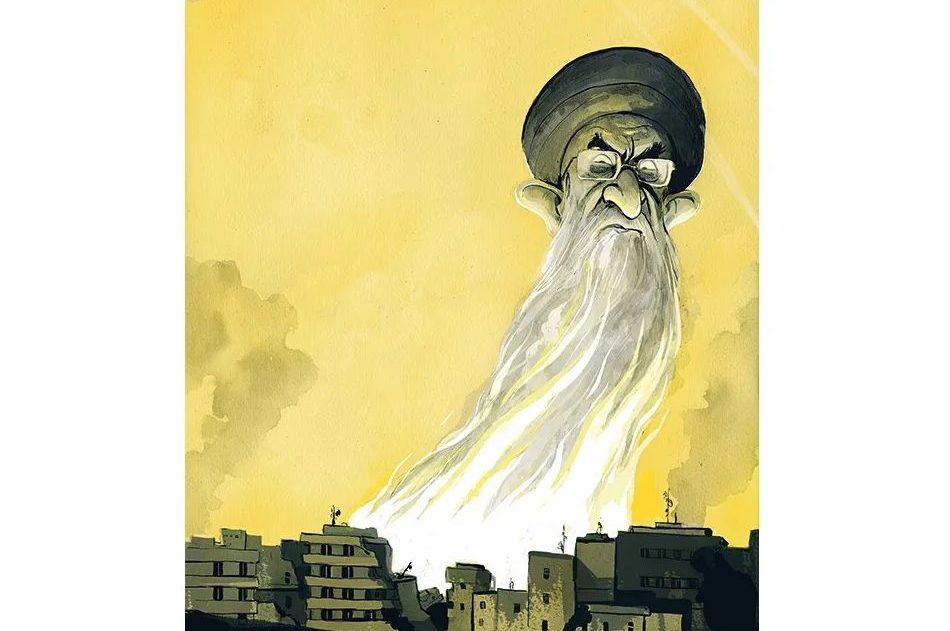






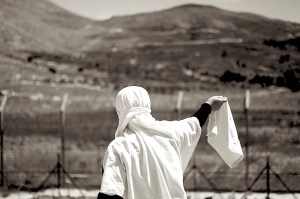




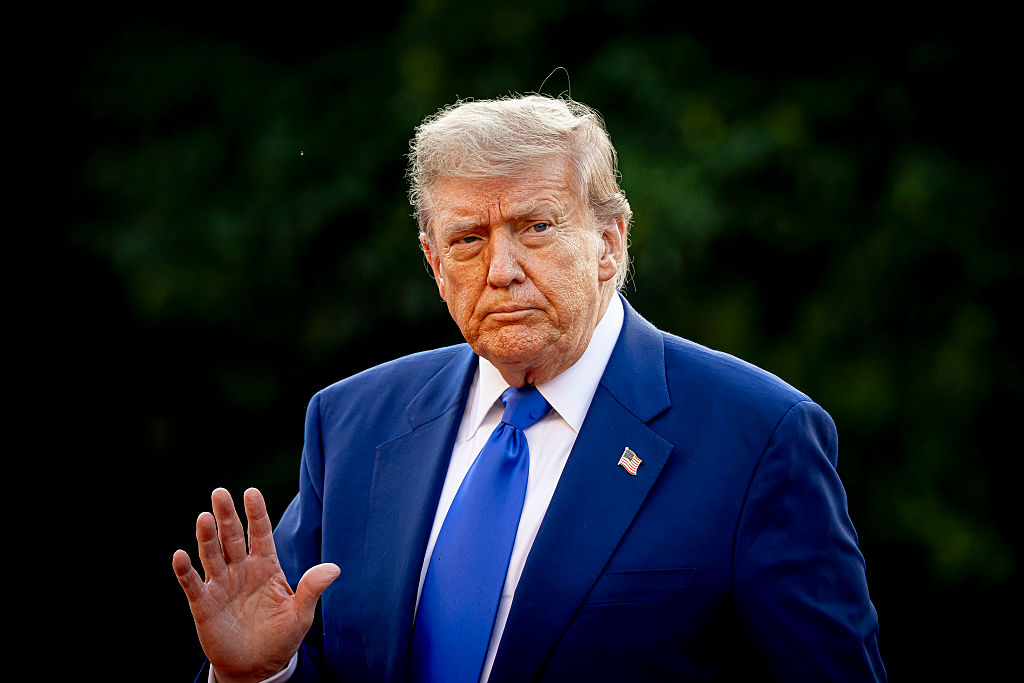
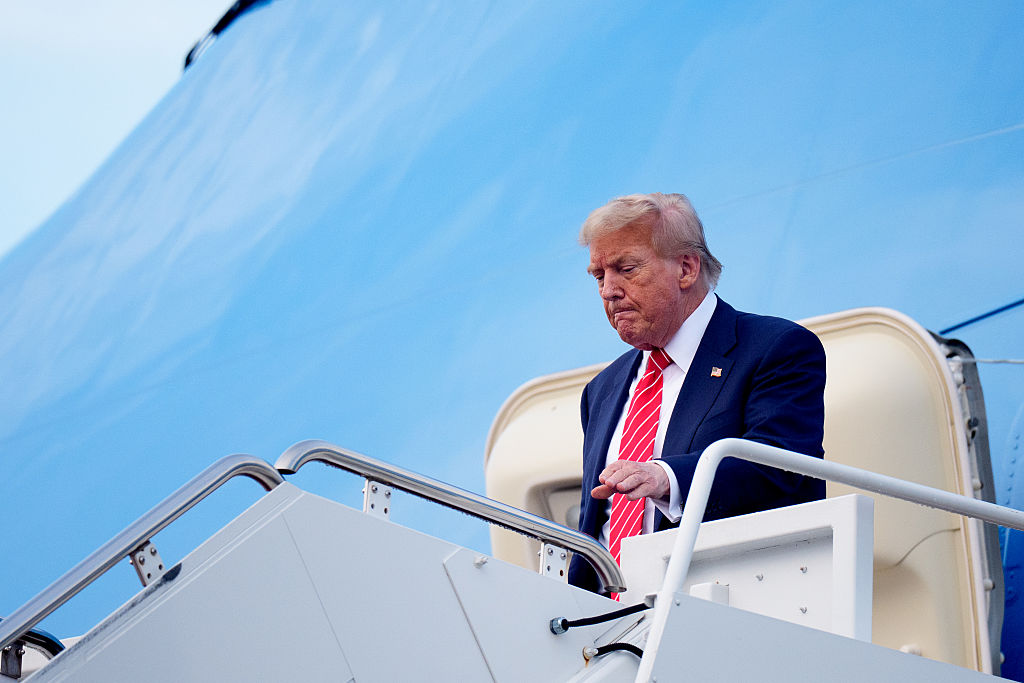

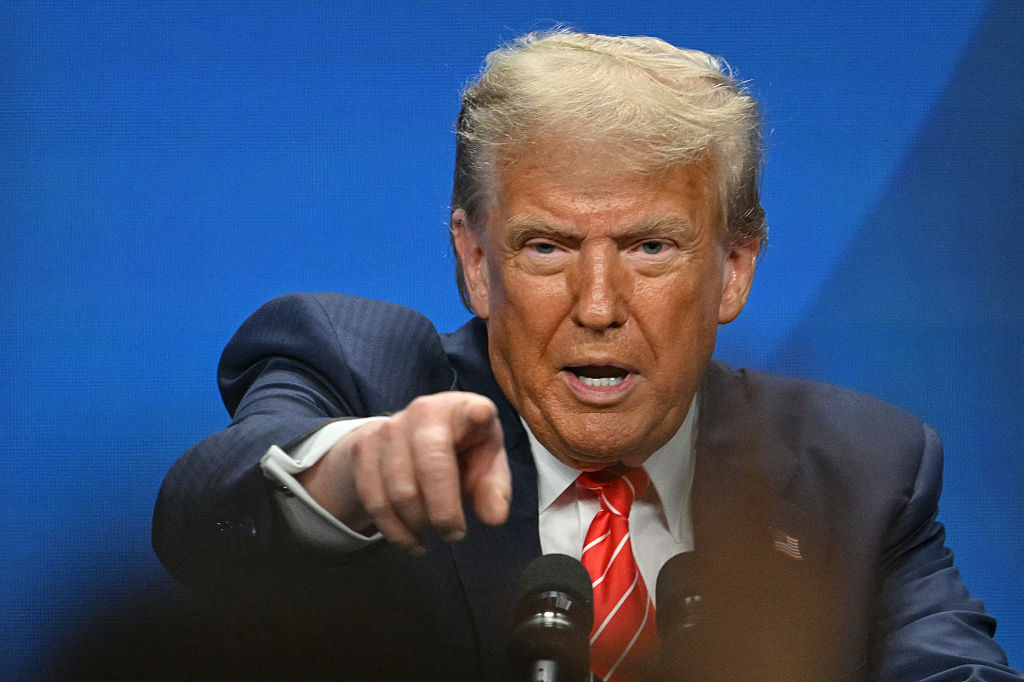







Leave a Reply